Dynamic Facilitation
Main Takeaways
Reading Time: 2 minutes Dynamic facilitation is a facilitation method for group discussions in a high emotionally supercharged environment. The method is grounded on the creativity and energy of a group without constraining it or to follow traditional, linear, moderation structures like agendas or exercises.
Description of Dynamic Facilitation
Dynamic Facilitation is a facilitation format I use frequently. It is a method for group discussions (8-20 participants, flexible) in a high emotionally supercharged environment.The method is grounded on the creativity and energy of a group without constraining it or to follow traditional, linear, moderation structures like agendas or exercises. It was founded by Jim Rough.
The goal of the Dynamic Facilitation is not to find alternative solutions A, B, or C for the issue raised. The goal is, however, to find a solution that solves the emotional stress between parties involved and is acceptable for all. Dynamic Facilitation generates creative, unexpected solutions accepted by all parties involved.
Dynamic Facilitation comes together with Wisdom Council Facilitation.
Rules
- Set up the environment: 4 flipcharts or poster walls with the headlines: "Challenges / Questions", "Solutions / Ideas", "Concerns / Objections", "Information / Perceptions".
- Collect under "Challenges / Questions" all statements phrased as questions how to solve the given issue(s).
- Collect under "Solutions / Ideas" all possible solutions independent to which problem statement they belong.
- Collect under "Concerns / Objections" all concerns raised to given solutions and ideas.
- Collect under "Information / Perceptions" all other statements, facts, or data the participants speak out independent they are true or false.
- The facilitator protocols everything by taking notes on the posters.
Note:
- Separation to 4 different posters is essential for the process.
- The spatial separation values the emotional aspects of the statements, and objectives aren't depreciate to be negative.
For privacy reasons YouTube needs your permission to be loaded.
I Accept
When to use Dynamic Facilitation
- Creative solutions are needed with building trust.
- Participants really want to achieve a solution
- Issue(s) have a strong emotional aspect. and seem "unsolvable".
- Issues may have hidden facets.
Facilitator Role
- Supports the creative process of each person in the group (listening deeply and appreciatively to each contribution).
- Listens deeply, and creates a space where each participant can be deeply heard.
- Provides empathy, respect, and support for each participant’s contribution.
- Values each participant's contribution.
Further Reading
- Dynamic Facilitation - Ganz anders moderieren - Matthias zur Bonsen in ManagerSeminare 3/2005. (German only)
- Manual for Jim Rough's Dynamic Facilitation Method.
: Wikipedia, 2014 Wikimedia Conference • ITU Pictures, via flickr.com, .

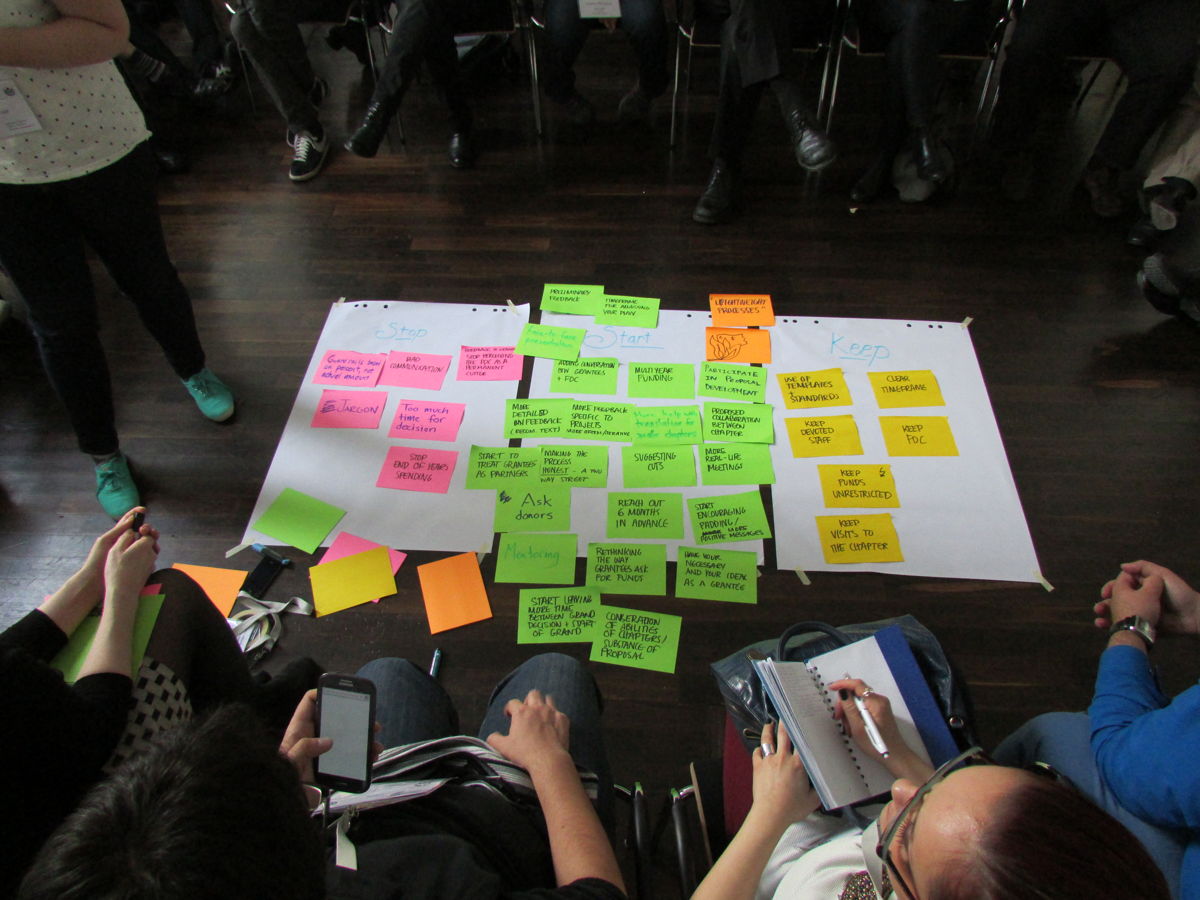
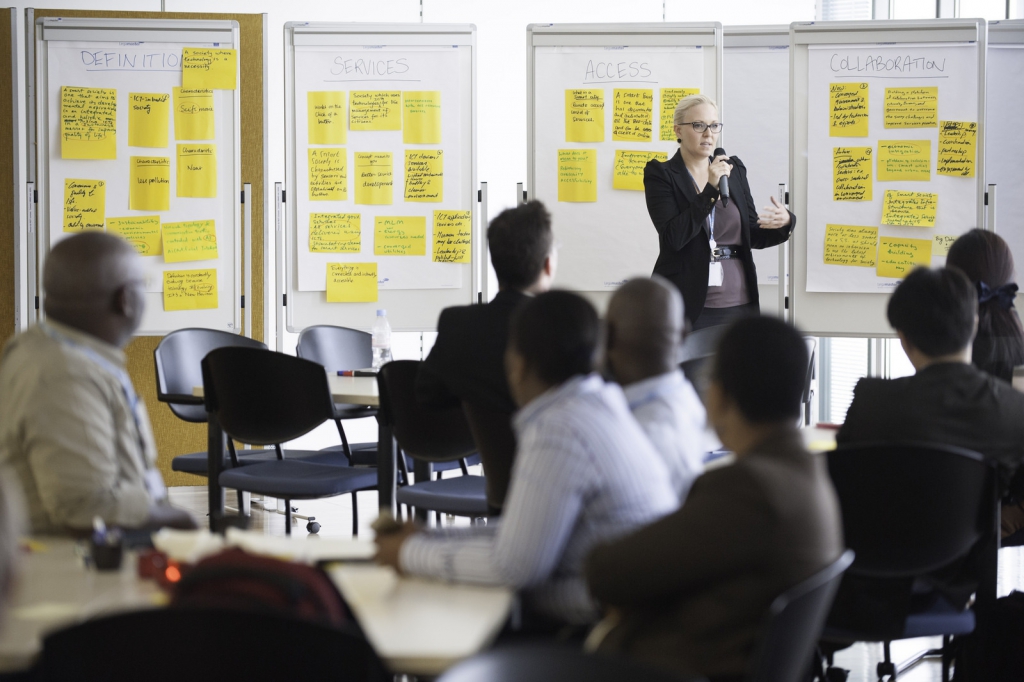
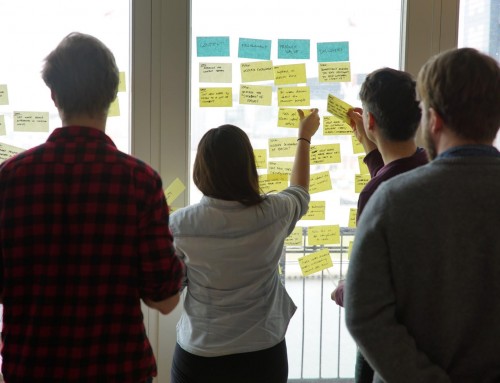
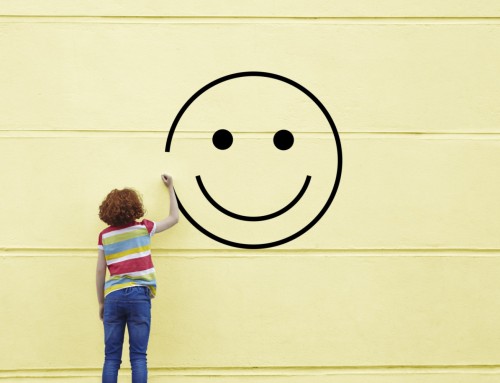


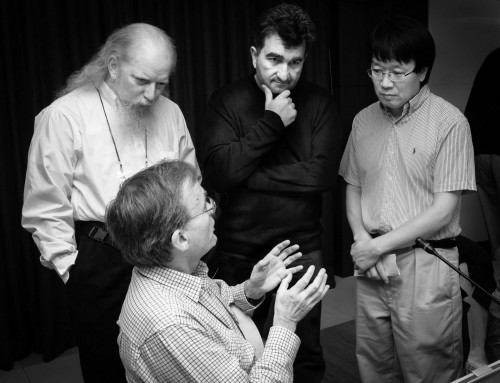
Leave A Comment